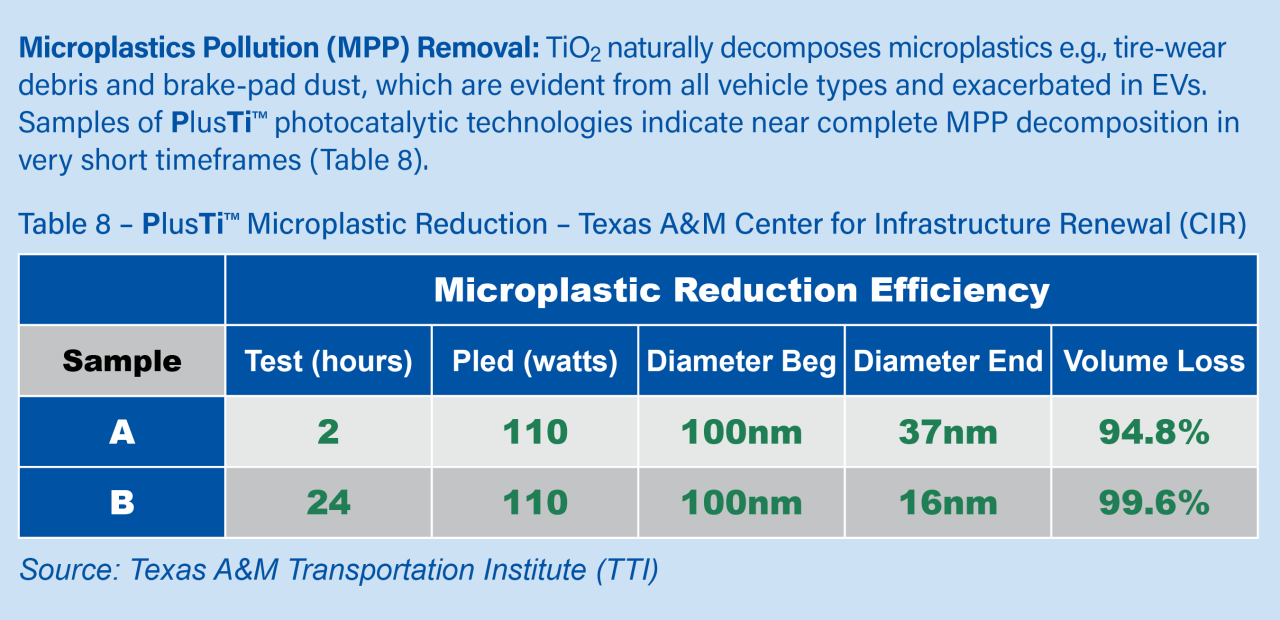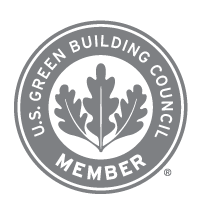Alarming Levels of Roadway Microplastic Pollution & TiO2
Category: Blog Articles By: Michael Durante
The growing negative impact of microplastics on our environment has started to receive extensive attention by scientists. The environmental editors at The Guardian recently analyzed several studies and concluded that microplastic pollution is now “spiraling out of control.”
Researchers are now referring to the extensive use of plastics as a “global plastic cycle” equivalent to the well-documented “carbon cycle” – both of which are directly related to the built environment we humans have developed. Because people literally breathe, eat and drink microplastics, their rising levels are not surprising, and are nothing short of alarming given their associated health and ecological risks.
Social concerns about how to better manage plastic consumption have become almost as universal as concerns over carbon reduction management. For example, plastic straws have become a target on the radar of many consumer organizations and consumers themselves. But are straws really the biggest problem?
The Role of Vehicle-Related Microplastics
What many may not realize is that as much as 85 percent1 of the microplastics that end up in our environment come from roads. The culprit is cars; both tire and brake-pad wear are the significant contributors.
Scientists have even come up with a name for roadway microplastic accumulations: “road-associated microplastic particles” aka RAMPs. Tire-wear particles are considered the leading source.
Test Results Show Near 100% Reductions
Several years ago, Pavement Technology, Inc. along with the Texas A&M Transportation Institute (TTI), embarked on the development of a novel technology to sustainably introduce photocatalytic-grade titanium dioxide (TiO2) to pavements by combining titanium with the company’s long-proven, pavement-penetrating preservation technology.
Initial results were beyond earliest forecasts. In the field, roads retrofit with photocatalytic penetrants are showing as much as 50 percent vehicular NOx removal, while more than tripling solar reflectance index (SRI) values, thereby mitigating Urban Heat Island effect (UHI).
The Texas A&M Transportation Institute (TTI) has also conducted extensive tests on the efficiency of TiO2 of microplastics decomposition. In other independent studies, photocatalytic-grade titanium has proven to remove 98 percent of plastics2, including but not limited to the various forms of microplastics found in RAMPs. TTI’s testing of PTI’s PlusTi™ family of photocatalytic technologies has produced similar results as indicated in the table below.

TTI’s latest research shows that the photo-reactive nature of titanium provides another strong environmental benefit by naturally reducing microplastic accumulations from tire and brake-pad wear. In the United States alone, the added microplastic load from on-road non-exhaust emissions is equivalent to 450 billion plastic water bottles in relative plastic pollution removal potential. Removing such pollutants is critical to preserving the health of human and marine life by sustaining a sound and resilient water ecology.
The United Nations Environmental Program is currently developing an international legally binding instrument to reduce plastic pollution as a growing environmental hazard. These on-road non-exhaust emissions are also part of the Federal Highway Administration’s (FHWA) “Climate Challenge” initiative, which is expected to play a large role in future highway construction.
Conclusion
Plastics have half-lives in the hundreds of years. If left “’spiraling around the globe” atmospheric RAMPs will remain free to invade our air, contributing to the hazards related to a global plastic cycle. Scientists have sounded the alarm. The transportation industry is listening.







